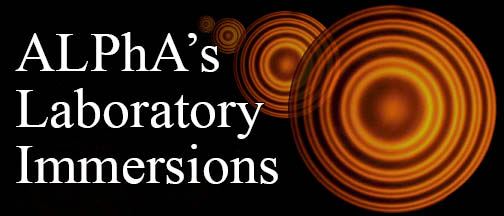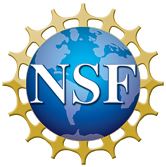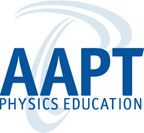- Home
- What We Do
- Laboratory Immersions
- Immersions 2025
- Imm2025Buffalo_QuantumControl
TeachSpin, Buffalo, NY
Quantum Control
July 14, 2025 to July 16, 2025
Number of setups available: 4
Maximum number of participants: 8
------------------------------------------------------------------------------------------------------------------------------------------
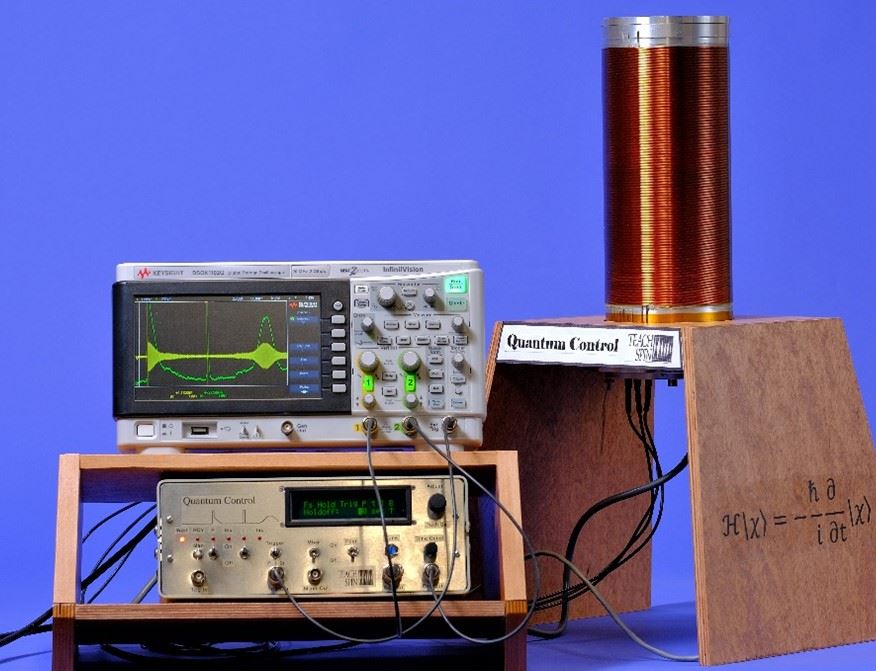 Quantum Control is an experiment in the preparation, control, and read-out of quantum states of a spin-1/2 system. The apparatus is self-contained and commercially-available, and represents an exercise in proton nuclear magnetic resonance (NMR) that has been expressly tailored for teaching the quantum mechanics of a spin-1/2 system, including the non-perturbative treatment of interventions in this system.
Quantum Control is an experiment in the preparation, control, and read-out of quantum states of a spin-1/2 system. The apparatus is self-contained and commercially-available, and represents an exercise in proton nuclear magnetic resonance (NMR) that has been expressly tailored for teaching the quantum mechanics of a spin-1/2 system, including the non-perturbative treatment of interventions in this system.
This experiment is thus tightly tied not only to NMR in particular, but to the ‘second quantum revolution’ in general. It highlights the importance of quantum superpositions in the spin-1/2 system; how they are created, how they evolve freely and under external intervention, and how they can be detected. While Quantum Control is not a quantum computer, it can fairly be called a 1-bit quantum register.
Users will interact with the experiment via oscilloscope detection of time evolution, and will gain skills in the quantum-mechanical vocabulary of 2-level spin systems, with static and time-varying magnetic fields, and with the concepts of spin precession, Rabi oscillations, and evolution under the time-dependent Schrödinger equation. The meaning behind ‘p/2 pulses’ and ‘p pulses’ will be made clear.
Users will be able to measure the proton gyromagnetic ratio (via static and dynamic methods), and also the value of the ambient geomagnetic field’s vertical component. Users will also see an example in which time-dependent perturbation theory is applicable but inadequate, and will see a near-exact solution applied instead, to be tested against experimental data.
Users need only bring a favorite lap-top equipped with some handy plotting program. The equipment for this experiment is available at <$3500 (less oscilloscope).
Hosts and Mentors:
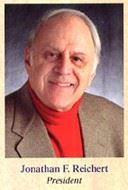 Jonathan Reichert: My first experience with magnetic resonance experiments came in the 1950’s as a graduate student at Washington University, when this was a brand-new tool for physicists. Most of my forty-year research career was spent doing some type of magnetic resonance experiments. At both CWRU and SUNY Buffalo, I developed and taught the advanced laboratory course. I shared in the design and construction of both PS1-A & B and PS2-A, TeachSpin’s pulsed NMR apparatus.
Jonathan Reichert: My first experience with magnetic resonance experiments came in the 1950’s as a graduate student at Washington University, when this was a brand-new tool for physicists. Most of my forty-year research career was spent doing some type of magnetic resonance experiments. At both CWRU and SUNY Buffalo, I developed and taught the advanced laboratory course. I shared in the design and construction of both PS1-A & B and PS2-A, TeachSpin’s pulsed NMR apparatus.
David Lee (PhD, Caltech, 1993) retired as Professor of Physics from Gordon College in 2020, moving to Buffalo and joining Teachspin that same year. His research interests have generally focused on metastable materials, particularly metal alloys and ceramics. For ten years before accepting his position at Gordon College, David worked at several startup materials companies. During his Gordon College career, he maintained involvement with startup companies. He has over twenty patents related to materials processing, characterization, application, and design.
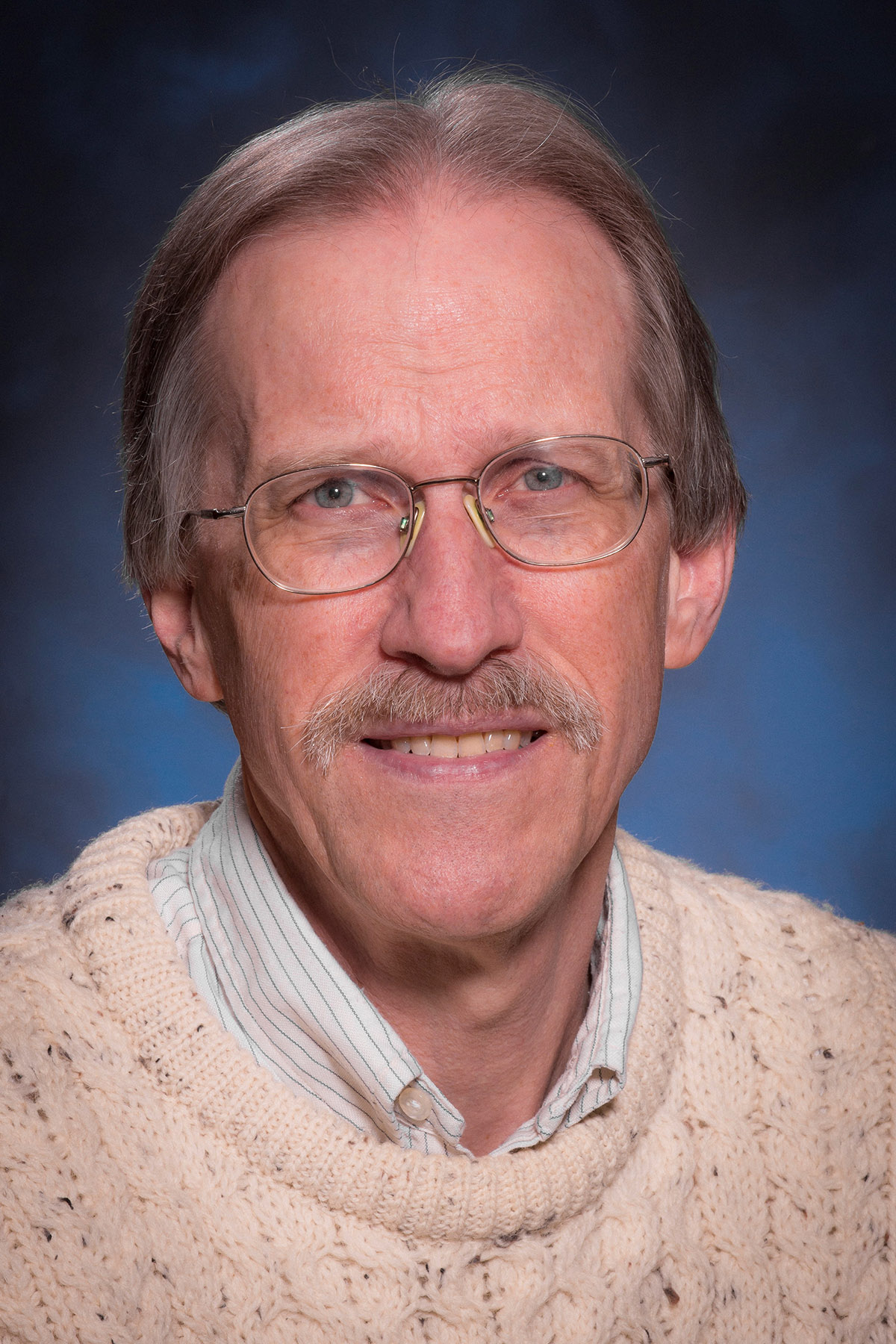 David A. Van Baak (PhD, Harvard 1979)
is Professor of Physics Emeritus of Calvin College, and since 2014 a Staff
Scientist at TeachSpin, Inc. His
research interests have included r.f. and laser spectroscopy, and metrology and
instrumentation in general. During his
Calvin College career, Van Baak spent over three decades working with
advanced-lab curriculum and apparatus development.
David A. Van Baak (PhD, Harvard 1979)
is Professor of Physics Emeritus of Calvin College, and since 2014 a Staff
Scientist at TeachSpin, Inc. His
research interests have included r.f. and laser spectroscopy, and metrology and
instrumentation in general. During his
Calvin College career, Van Baak spent over three decades working with
advanced-lab curriculum and apparatus development.
Please note that the Jonathan F. Reichert Foundation has established a grant program to help purchase apparatus used in Laboratory Immersions. Limitations and exclusions apply, but generally speaking the Foundation may support up to 50% of the cost of the required equipment.

